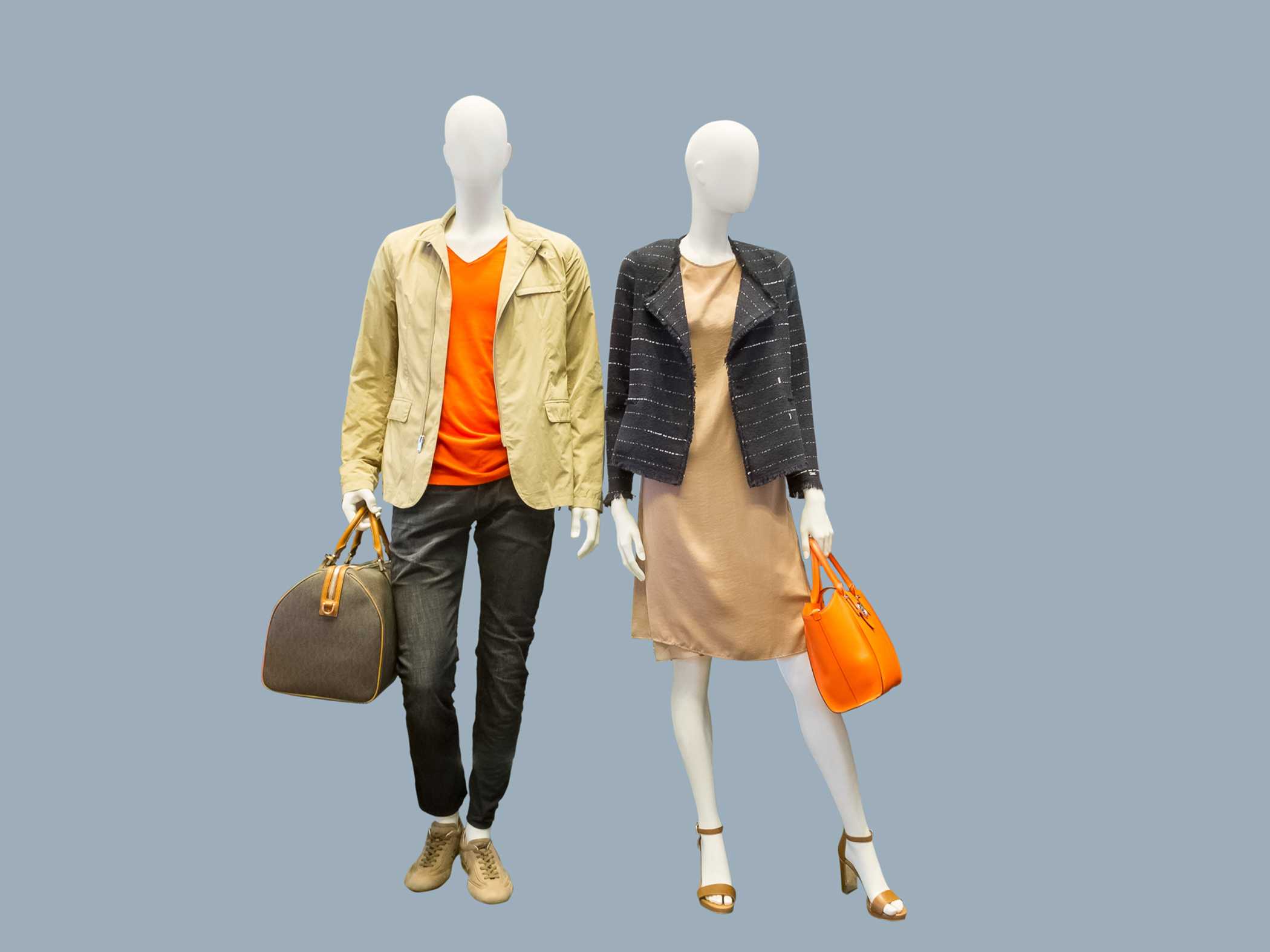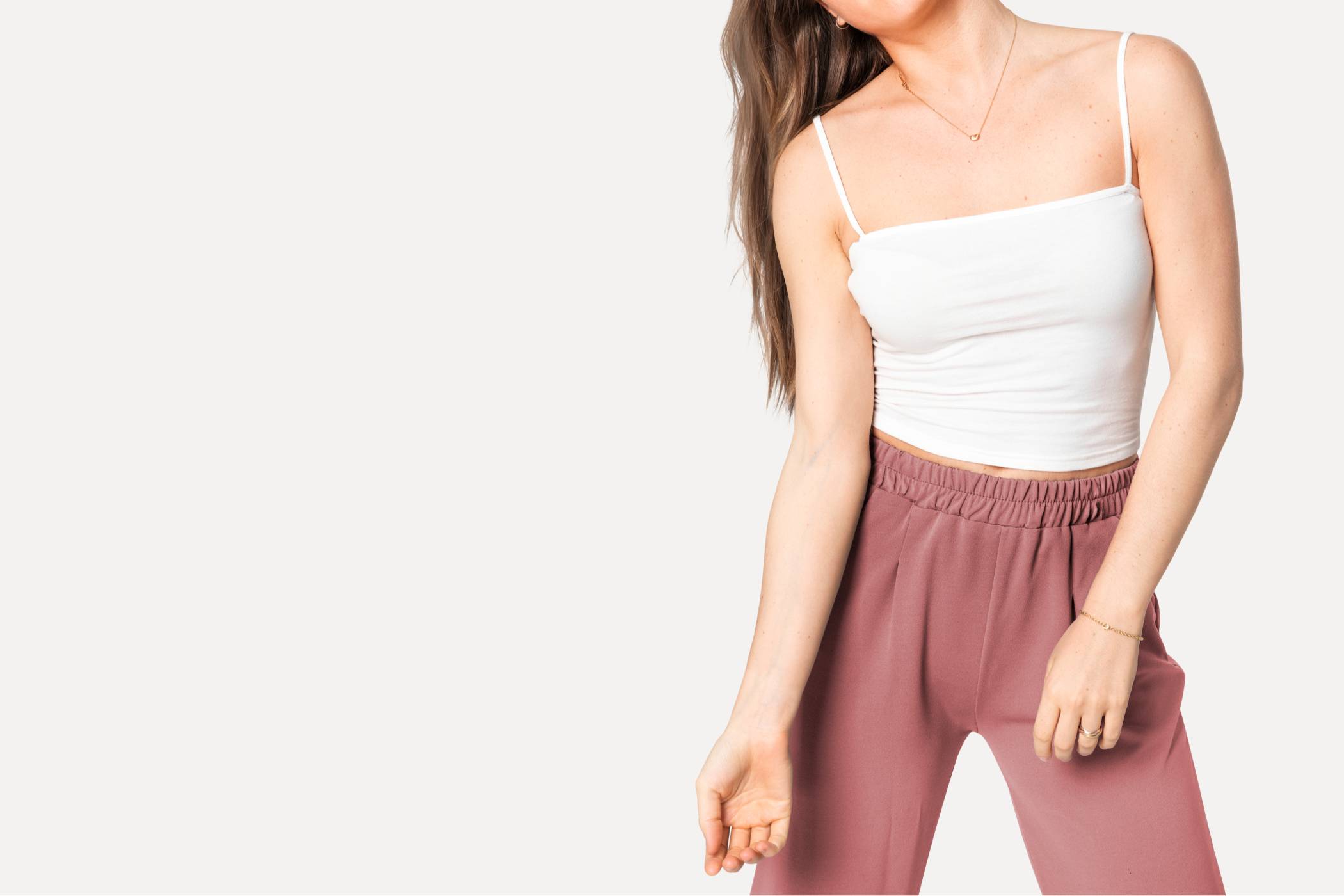5 Factors That Drive Retail Fashion Sales Ratios



Sales are an essential part of every fashion retail business, and every company wants to drive its sales for various reasons. Sales are necessary to generate revenue growth, further creating capital and required cash flow.
Several ratios are used by fashion retailers to monitor their sales and determine possible flaws in themselves. Sales ratios of any company can be soared by increasing retail sales. There are several types of sales ratios that one needs to be aware of to analyze their business better.
Types of Sales Ratios
Some of the types of sales ratios are:
Advertising to Sales Ratio
This ratio is used to analyze how effective a brand's advertising strategies are. Several fashion brands prefer to keep this ratio as low as possible. Therefore, they ensure that a high retail sale volume is generated with a small investment in advertising. Thus, this ratio is reduced by increasing the sales of a company.
Price to Sales Ratio
A company’s price to sales ratio tells us how valuable a company is. The cost to sales ratio is the ratio of a company’s market capitalization to its annual sales. In most cases, a company’s market capitalization is more significant than its sales, so the ratio remains above 1. Every retail fashion company wants to keep its sales equal to its capitalization, and therefore it needs to keep this ratio between one and two.
Working Capital to Sales Ratio

Working capital is the amount of money circulating in a company’s business. A company often uses its working capital repeatedly to generate its sales. Therefore, the working capital to sales ratio is also referred to as the working capital turnover ratio. This ratio is also driven by the number of sales generated by a company.
Wage to Sales Ratio
A retail fashion business uses this ratio to evaluate the value of its workforce. This ratio tells a business if the wage it’s giving to its workers generates profits for the company. The wage to sales ratio is also used to track the overall efficiency of a store or department of any fashion retail business—the sales generated by a company drive this ratio.
Factors Affecting Sales
A company’s sales drives all the ratios mentioned above. Therefore, the factors that drive a company’s sales will indirectly affect these sales ratios. So let’s analyze the factors that impact the sales of a company.
Consumers
Several social factors affect the fashion industry. Factors such as culture, lifestyle, and demographic changes play a significant role in determining the retail sale of a company. A fashion retail business needs to adapt according to the changing cultural groups. Moreover, fashion businesses avoid getting into a particular age group too much to avoid a drastic decline in sales across other segments.
For instance, if there is an increased birth rate in the area, fashion companies try to increase the production of baby clothes to increase their sales. And the opposite of this phenomenon will eventually lead to a decrease in baby clothes sales. Therefore, we can say that sales of a company can be driven by the changing needs and demands of the population.
Resources
Resources play a crucial role in determining the type of clothing that a company can manufacture at a specific place. For example, if certain raw materials are scarce, companies are forced to use their alternative in the manufacturing process. This scarcity affects the quality of clothes, which do not meet the needs of the consumers. Hence, the sales take a hit. However, if the fashion business wants to retain the quality of its offerings, it can manage the scarcity by increasing the prices of the commodities.
Market Competition
The established brands in the market are always a significant threat to a fashion retail company. Competing with them is a tough nut to crack, as they have already built a massive network of customers who are constantly driving their sales. Therefore, the presence of a big brand in the vicinity always makes it difficult for retail brands to drive their sales.
Political Factors

The fashion industry has often been under scrutiny for its bad relations with its workforce. If these problems persist, workers and managers call strikes that affect its supply chain, eventually affecting its sales. Some workers even resort to picketing their managers to compensate for their extra expenses, which the company denies paying.
Companies that do not comply with the rules and regulations set by the authorities are frequently subject to inspection. If the companies are found guilty of any violation, they face serious consequences, which can even temporarily or permanently shut down the business. These restrictions eventually lead to a significant setback in the company’s reputation that disrupts the sales cycle of the brands.
Logistics
Transportation of raw material and finished products also impacts the retail sale of a fashion business. Therefore, companies need to be in a position where they have accessibility to the nearest oil fields and water bodies that provide brands with the necessary oil and water to produce their products. However, if brands cannot access these raw materials, they are forced to increase the price of their products to compensate for their transportation expenses. This eventually decreases a company’s sales because its competitors with access to raw materials can sell their products at cheaper rates.
Changing Trends
Fashion brands face a severe challenge from emerging trends. These trends are the ones that drive the sales of several fashion businesses. If a company fails to time the market trend and manufacture something that no longer complies with the trend, its growth is drastically affected.
Location
The location of a retail outlet also has a significant impact on the retail sale. If a brand is located in a mall or at any crowded place, it is more likely to generate more profit than other brands located on the outskirts of the city. Moreover, a business needs to optimize its store’s appearance to accommodate the lifestyle of the people living in the place where it is located.
Customer Satisfaction
Customers are the building block of any business, and if they are not happy with the services that a business provides to them, they will not be coming back to their store. Therefore, to increase the sales of a company, they need to train the store professionals to communicate with the incoming customers in an impressive way.
Among all these issues, there are certain factors that can be controlled by companies to maintain a good sales strategy. Moreover, several B2B brands are offering their services to brands who are finding it hard to obtain the clothes required for their business. No fashion business wants to run dry of the resources they need to ensure steady sales. One such brand is Fashinza. It helps clothing brands to simplify their manufacturing by connecting them with top-class suppliers. Fashinza overlooks the entire production process, from design to delivery - you only need to place the order! Place an order, track it, receive daily production updates, communicate with manufacturers, and make payments all on one platform.



















